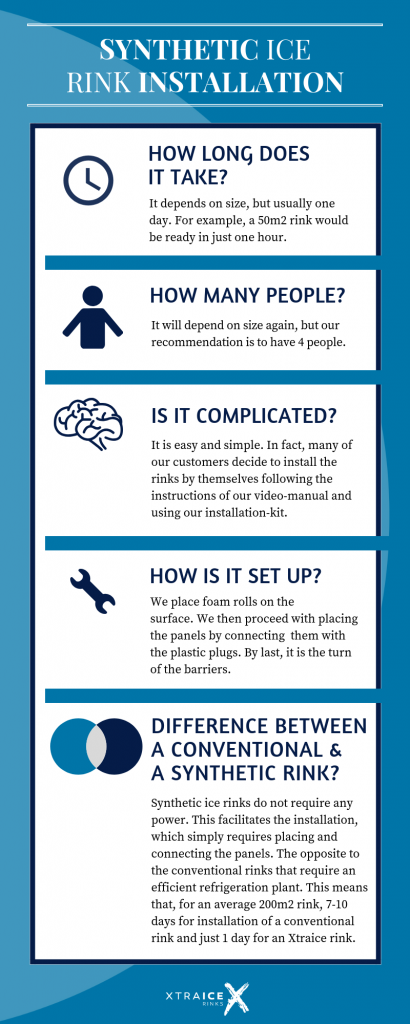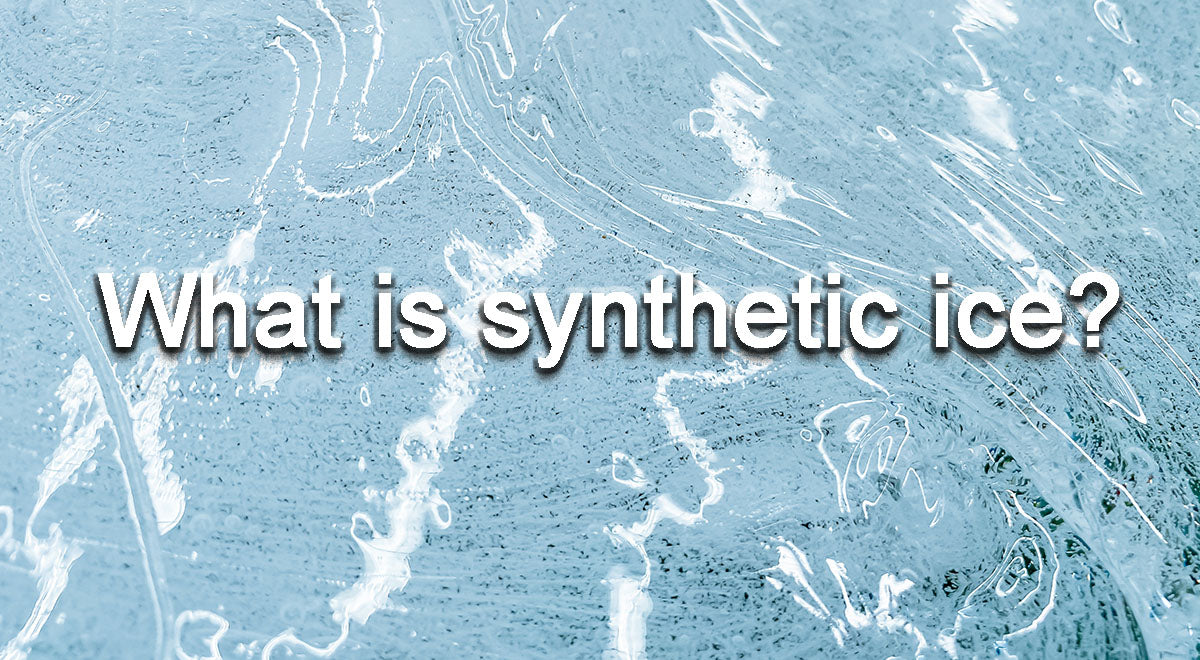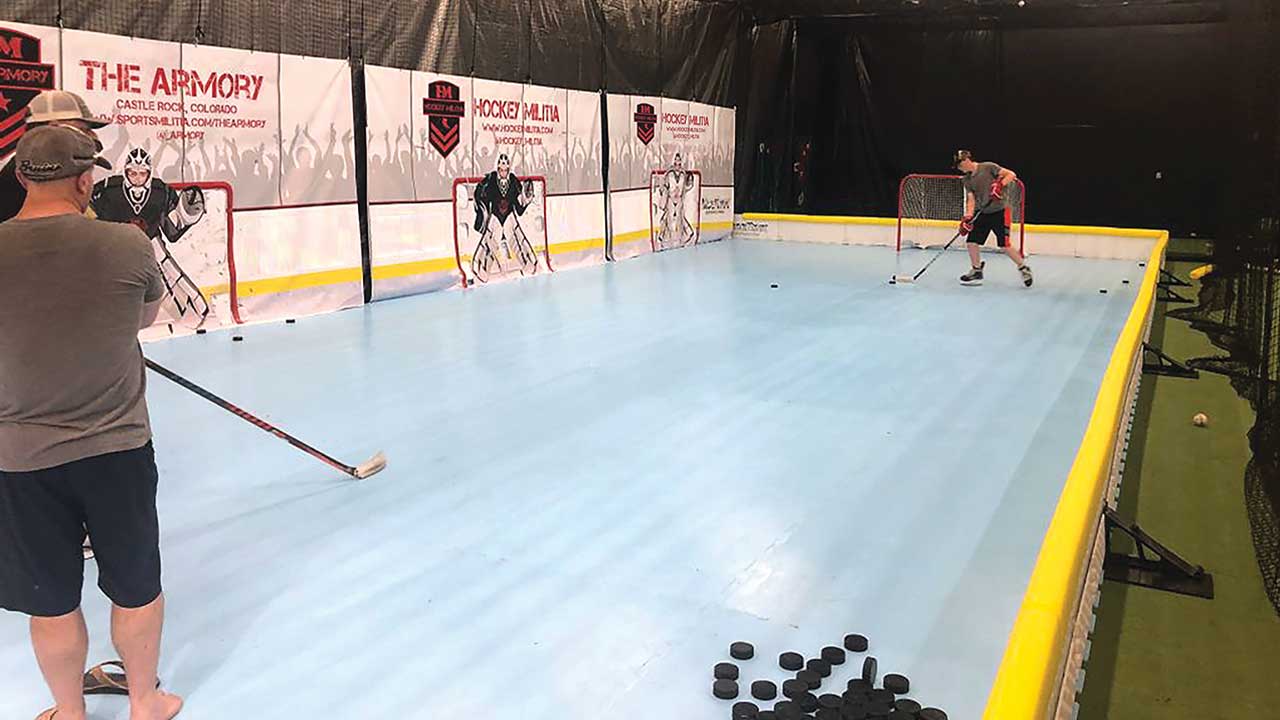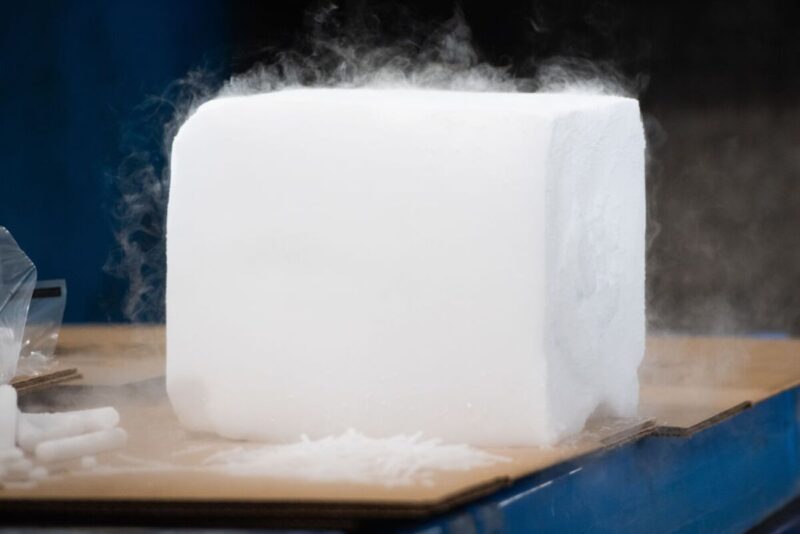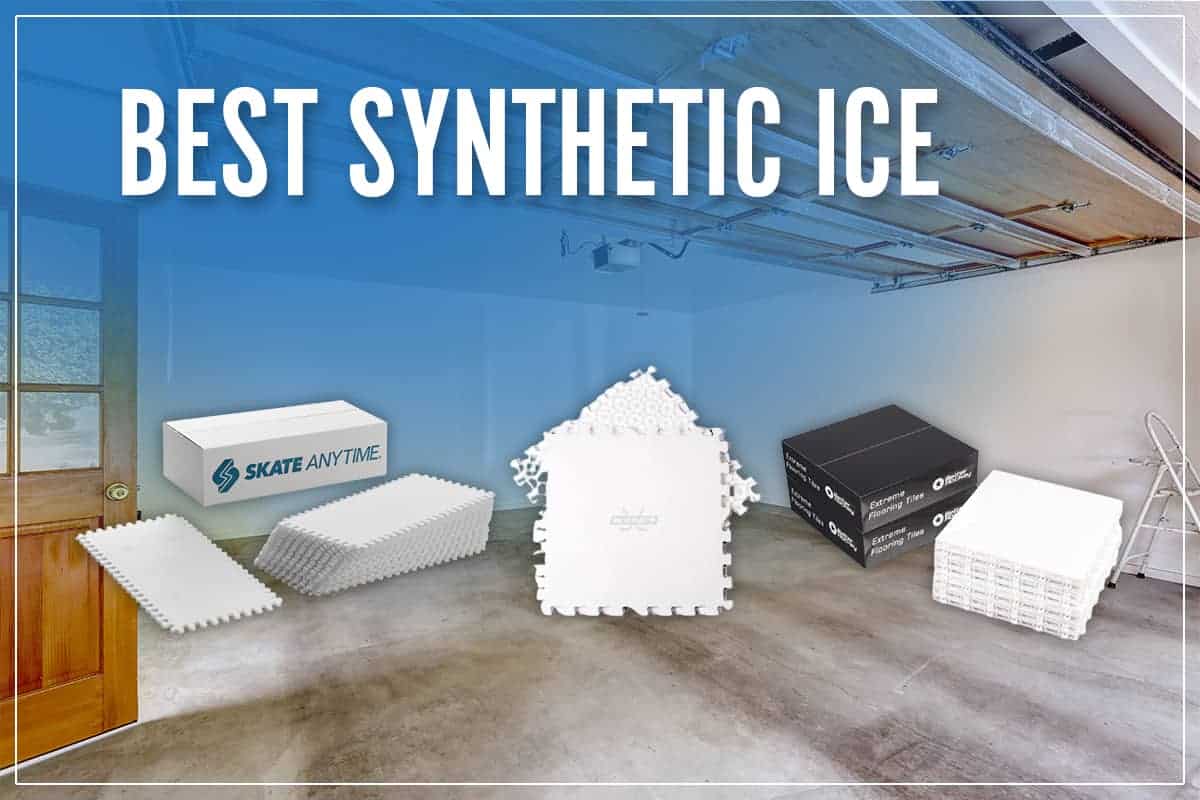How Long Does Synthetic Ice Last
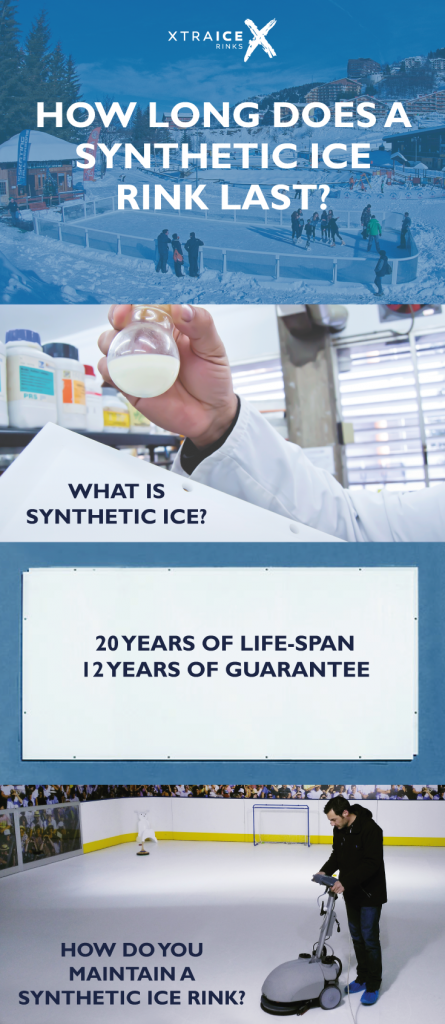
The allure of year-round skating, regardless of weather conditions, has propelled synthetic ice into the mainstream. But beyond the initial excitement, a crucial question lingers in the minds of potential buyers and seasoned rink owners alike: how long does synthetic ice actually last? This question is paramount, influencing investment decisions, maintenance schedules, and ultimately, the long-term viability of these increasingly popular skating surfaces.
This article delves into the longevity of synthetic ice, examining the factors that influence its lifespan and providing a comprehensive overview for those considering or already utilizing this innovative skating solution. We will explore different types of synthetic ice, analyze the impact of usage and maintenance, and consider the future of this technology in the evolving landscape of recreational and professional skating.
Understanding Synthetic Ice Composition and Types
Synthetic ice isn't a single, homogenous product. It is a broad term encompassing various plastic polymers designed to mimic the glide of real ice. The type of polymer used directly impacts the ice's durability and overall lifespan.
Two primary types dominate the market: Polyethylene (PE) and Polypropylene (PP). Each boasts unique properties that influence their performance and longevity.
PE, known for its softer composition, offers a closer feel to real ice, but it tends to wear down faster. PP, being harder, is more durable but may not provide the same smooth gliding experience. Interlocking panels are a popular format for home use, while larger, seamless sheets are more common in commercial rinks.
Factors Influencing Lifespan
The lifespan of synthetic ice is not fixed; it’s influenced by a confluence of factors. These include the quality of the material, the intensity of use, and, perhaps most importantly, the diligence of maintenance practices.
High-quality synthetic ice, manufactured with denser polymers and advanced construction techniques, will naturally outlast cheaper alternatives. Heavier use, particularly in commercial settings with frequent skaters, accelerates wear and tear.
Proper maintenance, including regular cleaning and the application of glide enhancers, can significantly extend the life of any synthetic ice surface. Neglecting these practices can lead to premature degradation and reduced performance.
Material Quality and Density
The density of the polymer used in synthetic ice is a critical determinant of its resistance to wear. Higher density materials can withstand greater friction and pressure before showing signs of degradation.
Look for manufacturers who provide detailed specifications regarding the density and composition of their products. Independent lab testing can also provide valuable insights into the durability of different synthetic ice brands.
Lower density materials may be more affordable initially, but they often require more frequent replacement, leading to higher long-term costs. This is particularly true in high-traffic commercial environments.
Usage Intensity and Skate Type
The intensity of use dramatically impacts the rate at which synthetic ice wears down. A home rink used for occasional recreational skating will last significantly longer than a commercial rink hosting daily training sessions.
The type of skates used also plays a role. Sharper blades, while essential for performance, can exert more pressure on the surface, leading to quicker wear. Hockey skates, with their aggressive blade profiles, can be particularly damaging compared to figure skates.
Furthermore, the skill level of the skater matters. Beginners, who often drag their blades and exert more force, can contribute to increased wear and tear on the synthetic ice surface.
Maintenance Practices: The Key to Longevity
Proper maintenance is arguably the most crucial factor in extending the lifespan of synthetic ice. Regular cleaning removes dirt, debris, and skate shavings that can act as abrasives, accelerating wear.
The application of glide enhancers, typically silicon-based sprays, reduces friction and provides a smoother skating experience. This also helps to protect the surface from excessive wear.
Following the manufacturer's recommended cleaning and maintenance schedule is essential. Neglecting these practices can lead to a rapid deterioration of the ice's performance and lifespan.
Lifespan Estimates and Replacement Considerations
Generally, high-quality synthetic ice, with proper maintenance, can last anywhere from 5 to 15 years in a residential setting. In commercial environments, with higher usage, the lifespan might be reduced to 3 to 8 years.
However, these are just estimates. The actual lifespan can vary significantly based on the factors discussed above. Signs of wear include increased friction, visible scratches, and a noticeable decline in gliding performance.
Replacing synthetic ice can be a significant investment. Regular inspections and proactive maintenance can help to identify potential issues early on, preventing costly repairs or premature replacements.
The Future of Synthetic Ice Technology
Ongoing research and development are focused on improving the durability and performance of synthetic ice. New polymer blends and surface treatments are constantly being explored to enhance glide and extend lifespan.
Some manufacturers are experimenting with self-lubricating polymers that require less frequent application of glide enhancers. Others are developing modular systems that allow for easy replacement of worn sections, rather than the entire surface.
The future of synthetic ice technology promises even more durable, realistic, and sustainable skating solutions. These advancements will further solidify its role in both recreational and professional skating environments.
Conclusion
The lifespan of synthetic ice is a complex equation, influenced by material quality, usage intensity, and, above all, diligent maintenance practices. While initial cost is a factor, focusing on long-term value, including durability and maintenance requirements, is crucial.
By understanding the factors that impact lifespan and implementing a proactive maintenance program, rink owners and enthusiasts can maximize their investment and enjoy the benefits of year-round skating for years to come. With continued advancements in synthetic ice technology, the future looks bright for this increasingly popular alternative to traditional ice rinks.
Choosing the right type of synthetic ice and prioritizing proper care will ensure a smooth and enjoyable skating experience, extending the lifespan of your rink and providing countless hours of fun and exercise.
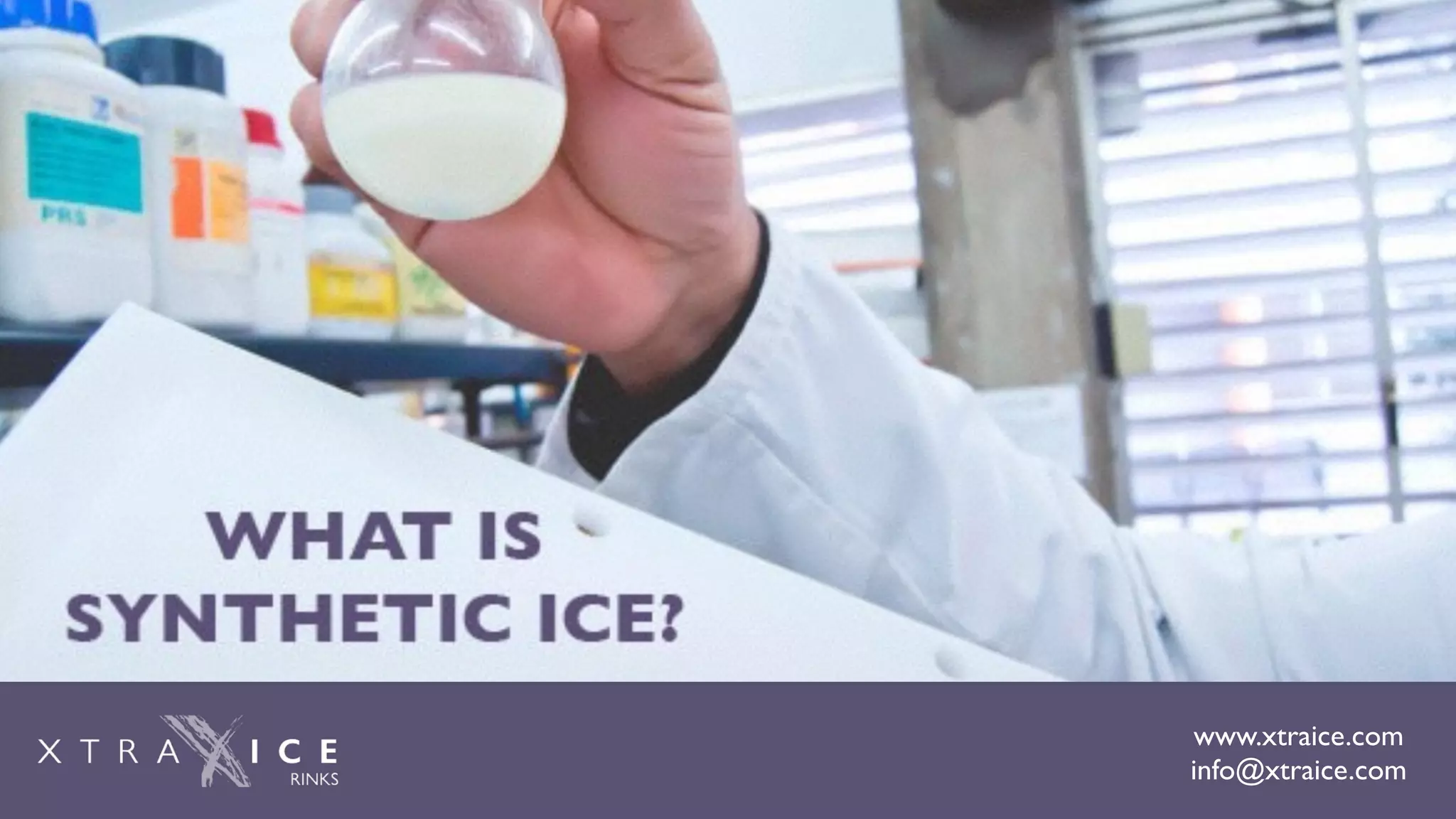
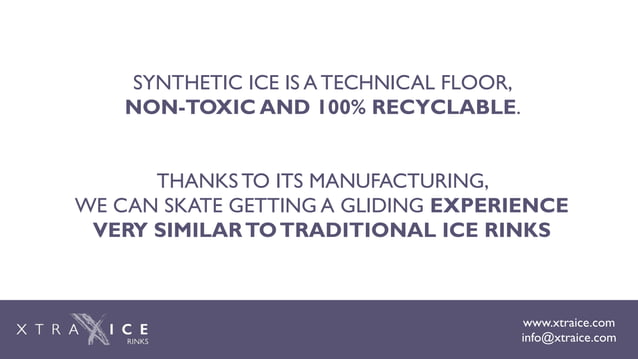
![How Long Does Synthetic Ice Last How Long Does Synthetic Ice Last? [Includes Maintenance Info]](https://www.glicerink.com/wp-content/uploads/52622523236_630f404fa0_c.jpg)
![How Long Does Synthetic Ice Last How Long Does Synthetic Ice Last? [Includes Maintenance Info]](https://www.glicerink.com/wp-content/uploads/Cleaning-and-maintenance.jpg)
![How Long Does Synthetic Ice Last How Long Does Synthetic Ice Last? [Includes Maintenance Info]](https://www.glicerink.com/wp-content/uploads/girl-skating-on-synthetic-ice.jpg)
![How Long Does Synthetic Ice Last How Long Does Synthetic Ice Last? [Includes Maintenance Info]](https://www.glicerink.com/wp-content/uploads/Backyard-Mini-Rink-kids-1024x768.jpg)
